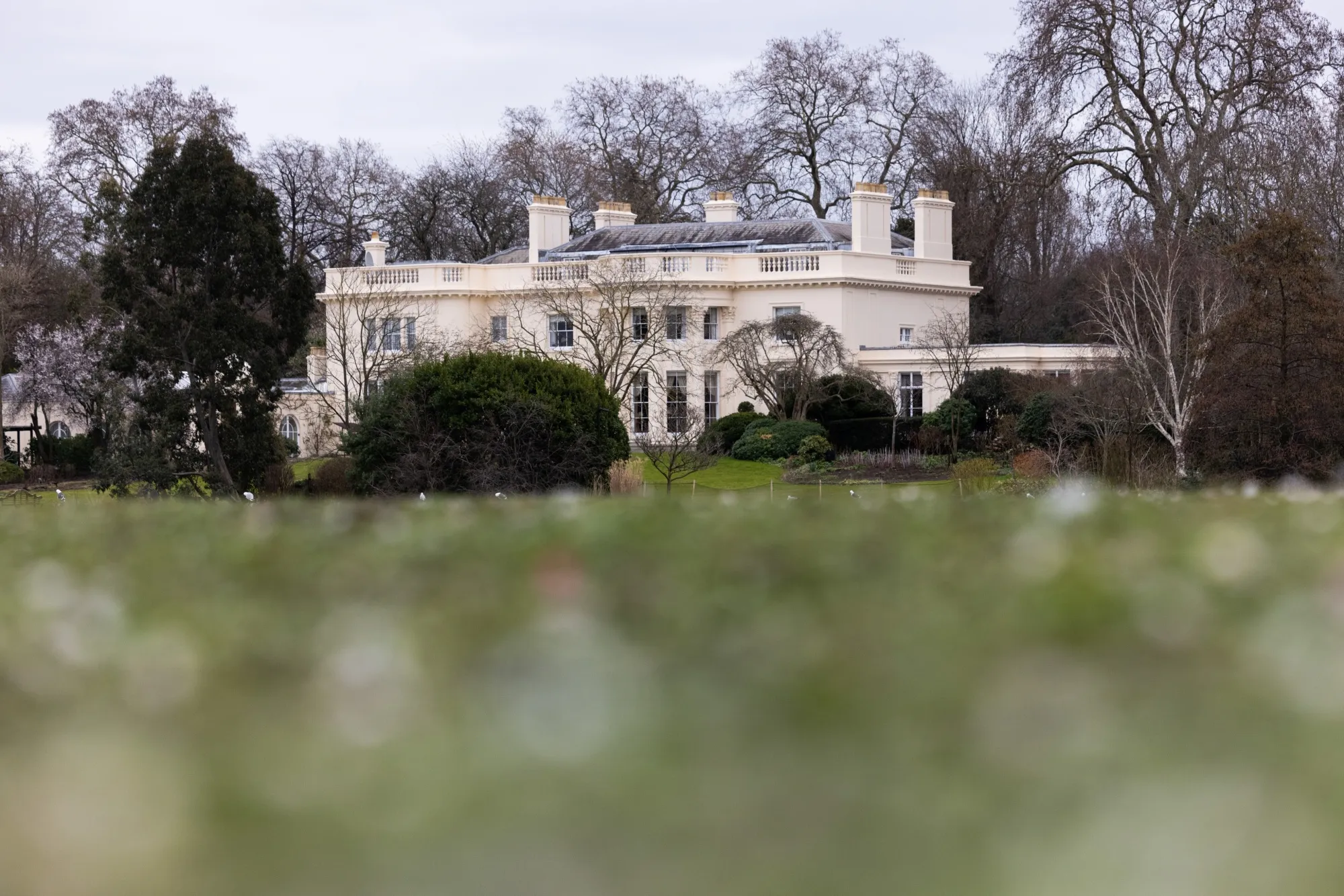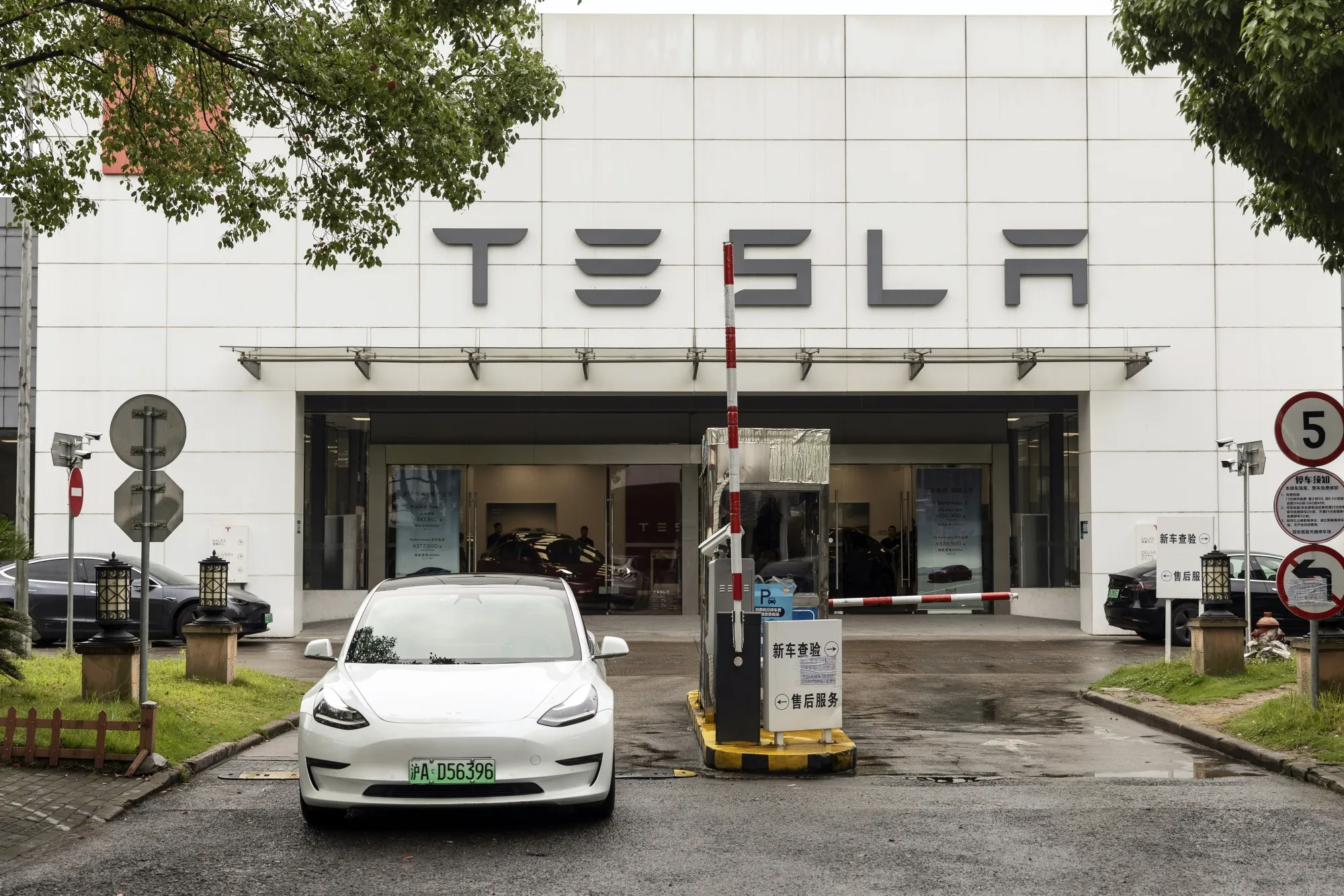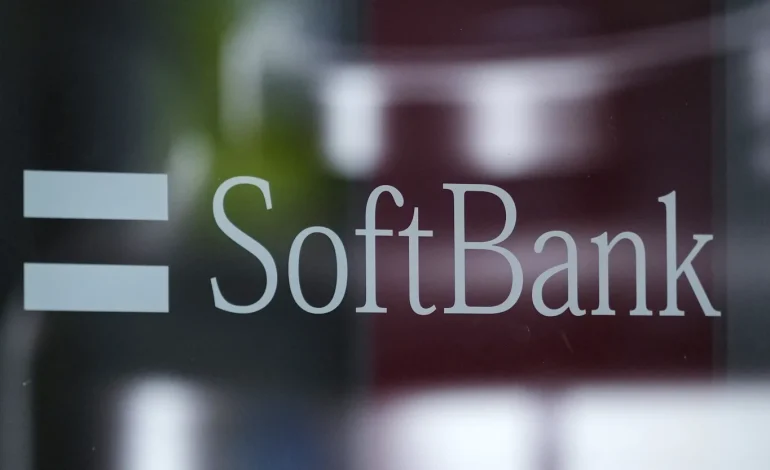Japanese conglomerate SoftBank Group posted a substantial quarterly profit through its Vision Fund tech investment arm, reporting a gain of 608.5 billion yen ($3.96 billion) in the fiscal quarter ending September 30.
This strong showing reflects an impressive turnaround for SoftBank’s Vision Fund segment, which had previously been in the red but swung back to profitability in the previous quarter. The gain, driven primarily by higher valuations in key portfolio companies, has significantly bolstered SoftBank’s financial outlook.
SoftBank attributed much of the Vision Fund’s performance to valuation increases in companies such as South Korean e-commerce giant Coupang, Chinese ride-hailing leader Didi Global, and ByteDance, the parent company of TikTok. SoftBank’s Vision Fund segment as a whole, which includes non-investment items like administrative expenses and third-party investor adjustments, also recorded a gain of 373.1 billion yen, marking a robust turnaround from a first-quarter loss of 204.3 billion yen.
While Vision Fund 1 saw gains, Vision Fund 2—largely funded by Masayoshi Son’s personal wealth—posted a net loss of 232.6 billion yen due to declining values in investments like Norway-based AutoStore and US automation company Symbotic. The contrasting performance between the two Vision Funds reflects the varied responses to SoftBank’s broad tech investment portfolio amid fluctuating tech market conditions.
SoftBank’s financial resurgence comes after the high-profile initial public offering (IPO) of Arm Holdings in September. SoftBank holds a substantial 90% stake in the British chip designer, whose listing success fueled further gains for the Vision Fund. Arm’s growing role in AI-related chip technology is also pivotal for SoftBank’s strategic pivot toward artificial intelligence, with Son positioning SoftBank to capture the anticipated AI-driven growth. The company’s AI focus was underscored by SoftBank’s recent $500 million investment in OpenAI, the startup behind ChatGPT.
In an interview, Son reiterated his long-standing optimism for artificial intelligence, forecasting that AI advancements will be exponential, with some systems potentially becoming 10,000 times smarter than humans within a decade.
SoftBank also benefited from a series of successful IPOs in India, which helped increase its valuation by around $1.7 billion. This “August Harvest” included portfolio companies Ola Electric and baby products retailer FirstCry, with market observers suggesting that food delivery service Swiggy could be next. These IPOs contribute to what analysts are calling Vision Fund’s best quarter since late 2020.
In response to pressures from activist investors, SoftBank recently announced plans to buy back up to 500 billion yen ($3.25 billion) of its own stock, already repurchasing 153.8 billion yen by the end of the second quarter. Tokyo-listed shares of SoftBank have risen nearly 50% in the year to date, as investors take note of the company’s ongoing recovery efforts and its strategic realignment with high-growth sectors like AI and semiconductor technology.
Despite SoftBank’s improved performance, the company faces challenges due to market volatility and Japan’s shifting economic policy. Analysts are closely watching Japan’s potential interest rate hikes in early 2025, which may impact SoftBank’s portfolio. Nevertheless, the company’s strong cash position, estimated at 3.8 trillion yen, provides it with a buffer to invest further in AI and tech sectors.
With input from CNBC, the Financial Times, and the Wall Street Journal.









